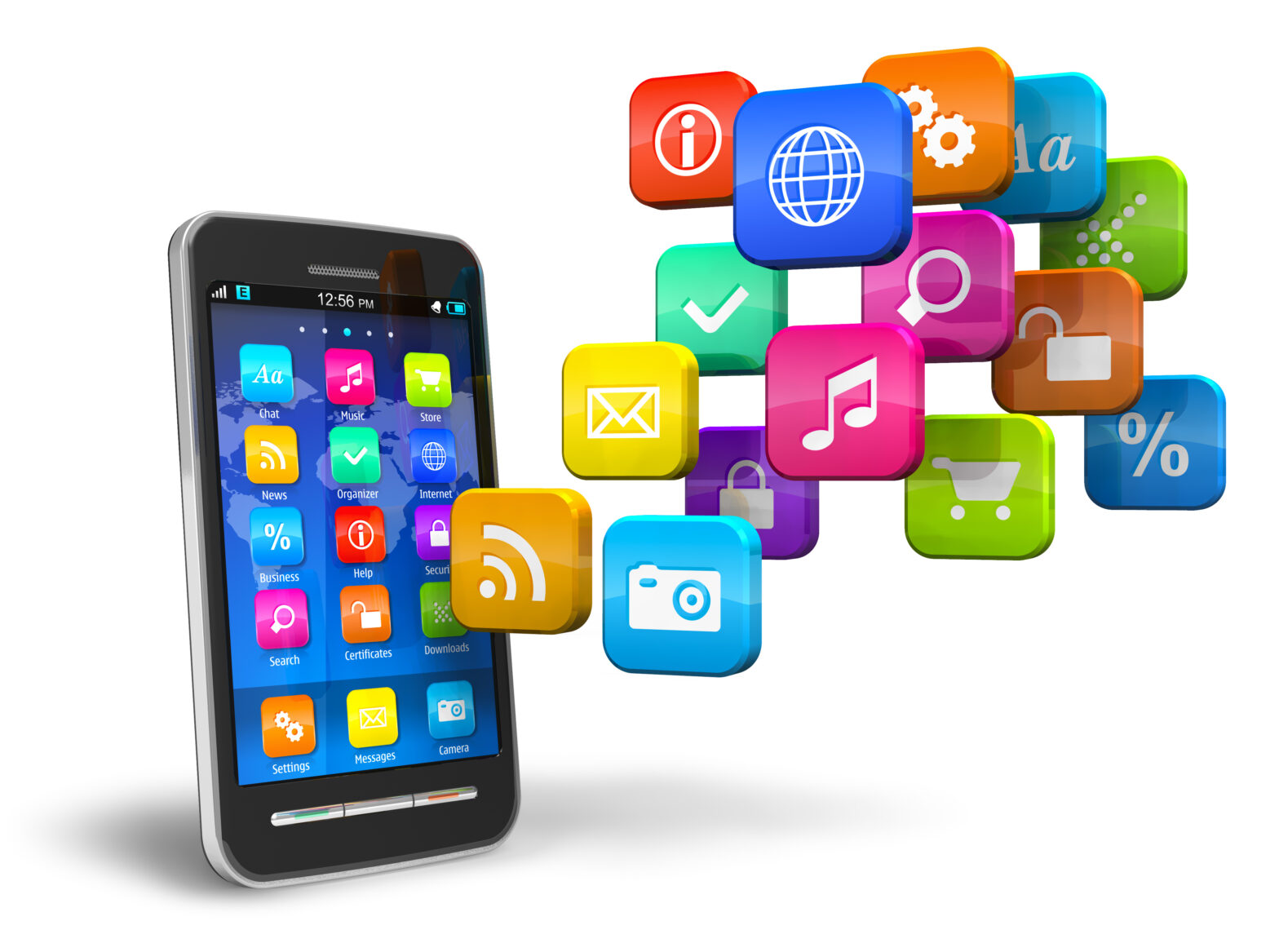The mobile evolution, highlighted at Mobile World Live, will be reflected in the expansion of the mobile workforce, which will go up from 1.45 billion in 2016, to 1.87 billion in 2022.
Mobile matched by growing expectations
Certainly mobile touch points, which rely heavily on interaction with the field, offer today’s service leaders the ability to provide certainty to their end customers.
In the field service management space, service is viewed by both suppliers and customers as an opportunity to interact to create positive, meaningful customer experiences.
Service, rather than being treated as a cost of doing business, is now being seen as a key differentiator, driven by organisations and new customer-driven business models such as Uber.
Customer expectations have grown, and they have come to expect real time, intuitive and intelligent interactions with suppliers.
>See also: Top 8 ways to fight mobile banking fraud
The only way for suppliers to keep up, will be via completely mobile, real-time applications, with products and services in an ever more IoT-connected environment.
In the new world, no more should consumers expect to wait in all day for an engineer to visit.
Mobile mañana
Despite rising customers expectations and technological developments, our recent survey of global consumers, showed that ‘having to wait in a long time for an engineer to arrive’ is the primary factor leading to a bad field service customer experience.
And, while companies like Uber prove that technology and mobile apps exist to support and impress the customer, demand for this in a field service context, is well outstripping ability to supply.
Management via mobile
Mobile technologies provide information on engineer dispatch and travel to organisations, which provides additional insight around available appointment slots and arrival times.
Many business processes now include the option to mail, text or use social media platforms to provide updates related to estimated time of arrival, with options to cancel visits or reschedule, if required.
This should be reducing both frustration about missed appointments and lateness, but also repeat visits due to customer no-shows.
>See also: Mobile web vs. apps: which will triumph in the battle for advertising?
Further, Uber-like services are now available on a mobile device to show where the engineer actually is on a street view, and what the name of the technician is, for security purposes.
This reduces the amount of time a customer needs to be at home waiting for a technician to arrive, further shortening the appointment window slot and producing time and cost savings to the consumer.
Mobile intelligence
Once a technician arrives on-site, they might use mobile technology to capture data about the work being done, perhaps by taking a photograph, swiping a barcode to commission a new asset, or by capturing fault related data to feed directly into their CRM system.
More innovative still, some field service engineers are now even using augmented reality functionality such as Google Glass to provide the back office with a view of the site and get expert instruction on how to repair equipment with the help of a virtually located expert.
Already, this is driving increased first time fix rates, lower repeat visits and ultimately a higher C-SAT score.
Mobile for meaningful data
In terms of after-sales care, they may also use mobility to request a post service survey, or collect a signature to prove that the work has been carried out to the client’s satisfaction.
This enables the provider to collect performance related data for trend analysis, and also to react to any negative feedback in a very timely way.
Mobile and modern day marketing
New customer acquisition via mobile technology is still uncommon, but the ability to upsell and cross-sell service into the existing customer base is already a reality for today’s organisations.
An obvious example would be a telecoms provider leveraging a site visit to upsell additional services to a customer, or for a white goods maintenance and repair outfit to offer additional services or products to customers whilst on-site.
>See also: Have millennials turned us all into mobile workers?
But for now, with customer frustrations high, and expectations even higher, the imperative for mobile is to fix and innovate service issues, creating a whole new positive interaction point for brands in today’s field service environment.
It will be fascinating to see mobile move to the heart of the customer service lifecycle over the next year or so, and to witness which organisations will transform their brand perceptions and reputations as a result.
Sourced by Alec Berry, VP consulting and technical services EMEA at ClickSoftware










